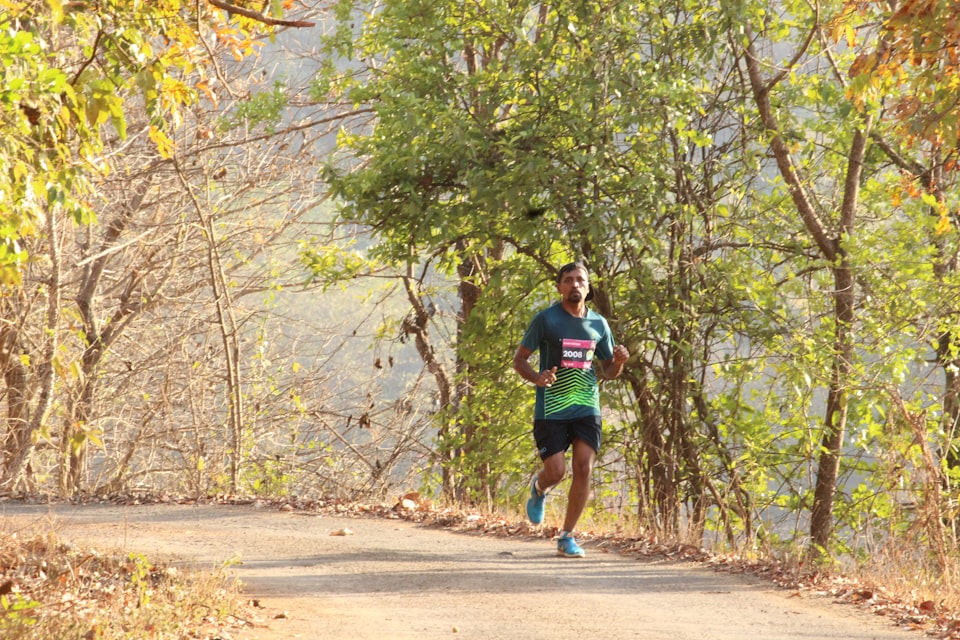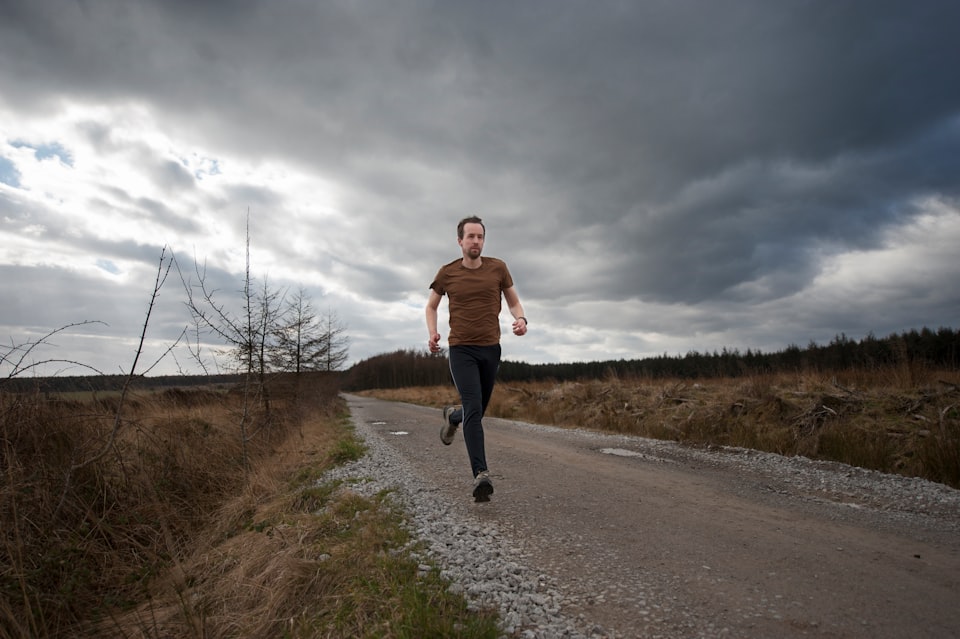How To Start Running When You Feel Like You Cannot Run Around The Block

Running isn’t meant to be easy but it can become easier. I remember when I was in high school and the thought of running the mile felt like I might as well have run across the state.
It took a long time for me to change that mentality. It started after I finished playing sports in college and running became my exercise outlet.
Why? Running is inherently simple. I didn’t have to come up with an elaborate training plan. All I had to do was lace up my shoes, pick a route, and run out the door. Eventually, it became a peaceful outlet for me to be alone.
I’ve been running for about 15 years now and if I miss a few days, I start to feel anxious. It’s become a joy to step out the door and escape the world for 30 minutes to an hour.
There was a time when I felt like I couldn’t run around the block without stopping. If you’re in the same boat I was in, don’t make the same mistakes that I made.
Start Slow
The only iteration of running I knew was running wind sprints on the football field. When I began, the first thing I did was sprint in intervals. I bought a Timex watch with an interval time and set it to 30 seconds of sprinting followed by 90 seconds of a light jog.
While this training method helped my speed and VO2 max, it did not help my overall endurance that well. After doing this for 20 minutes, I was spent. My lungs felt burnt to a crisp and my head felt light. This type of training I now only do once or twice a week. When I was beginning, I was doing this every day. Looking back, it's a miracle I didn’t injure myself or burn myself out.
If you’re beginning, start at a comfortable talking pace. If you’re impatient like me, you’ll want to move faster. Have the discipline to hold yourself back. Start your first run with 20-30 minutes and if that’s easy, instead of moving faster, move longer. Take some time on a weekend day and see how long you can go without stopping. If you need to stop, it shouldn’t be because you’re out of breath but because your legs are tired.
Don’t Be Afraid To Walk
It’s your first run where you’ve blocked off an hour and you’re excited to go the furthest you’ve ever gone. However, 30 minutes into the run, your body isn’t agreeing with you.
“Did I do something wrong?” You may ask yourself.
You didn’t do anything wrong, today may not be your day. Instead of doubling down and deciding to fight through it and go harder, take a break. Walk for a little bit.
Walking is perfectly okay in a run. I do it all the time. I love walking on a run. It gives me a moment to be more present with what is around me and enjoy my surroundings.
Sometimes, I’ll run to a destination just to walk around the area of the destination.
There are no hard rules to how you begin your running journey but one important thing is keeping it enjoyable. If you enact strict guidelines of how you’re supposed to do it, it can take out the joy and spontaneity of running.
Strength Train
This may seem counterintuitive because if you’re going to run further, don’t you want to run more?
Strength training can be an excellent way to build muscles you don’t primarily activate in your runs. Running is a repetitive motion and repetitive motions create a risk of overdeveloping a muscle causing injury.
Those little muscles in your legs don’t seem important until they give out.
Focus on functional lifts like the lifts below:
- Close leg squats (can help ankle flexion)
- Kettlebell swings (engages hips)
- Swiss ball bridges
- Side lunges
I’m a big fan of close legs squats because of the range of motion required from your ankles. For years, I struggled to do a single-leg squat but after a month of doing close-leg squats, I can proudly say I’ve joined the single-leg squat club.
Conclusion
If you’re frustrated at the beginning of your running journey remember that you won’t get from point A to Z instantly. Time and commitment are required to build the endurance to be a marathoner. This is why most marathon training plans can range from 6 months to a year.
In your first month of training, start slow. Build a foundation on which you can lay the rest of your training. Use that consistency you will build with your first month of training to build confidence that you can do it.
Running is supposed to be fun. It’s supposed to be an escape from the normal world and be an outlet for us to be ourselves.
Life can occasionally feel like it’s getting away from you. That is why I started Setup Sunday. Sunday is often the perfect day of the week to prepare yourself for what is going to come for the week ahead. If you want tips each week to look at how to set yourself up for a better future, start here and grow each week.




